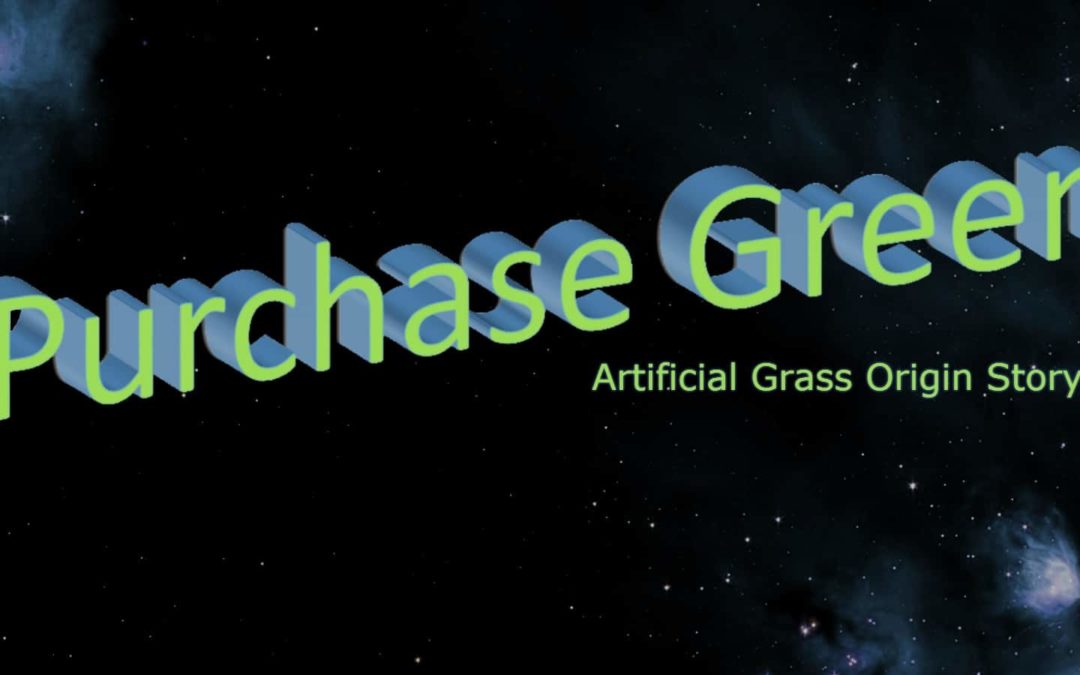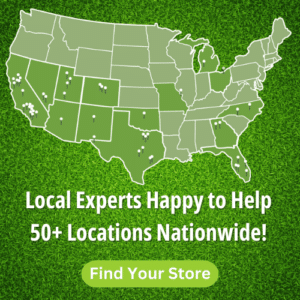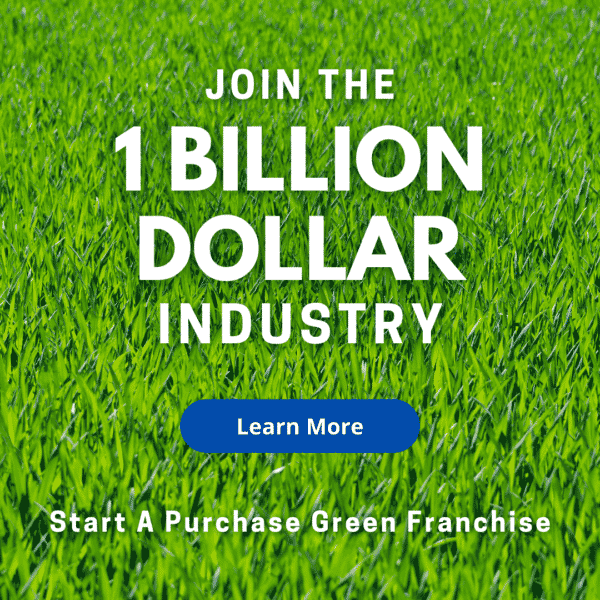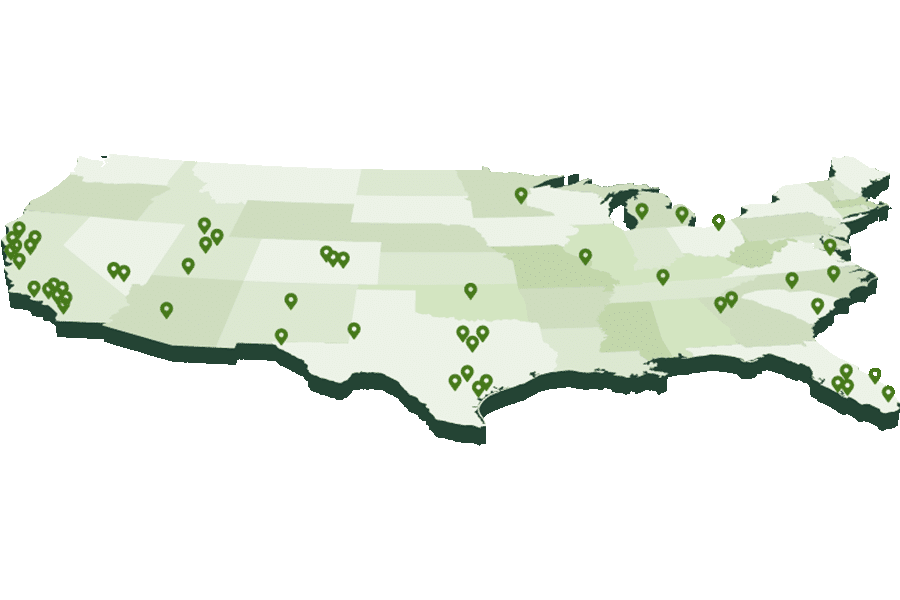Have you been to the movies any time in the last decade? If so, chances are pretty good that you saw a movie based on a comic book character. Whether it was Batman, Ironman, Captain America or Green Lantern (ugh, THAT movie…yeesh!) – most of our famous superheroes have or are getting movies. And with superheroes there is always an origin story. How did Tony Stark become Ironman? Why did Bruce Wayne decided to be Batman?
Well, we believe artificial grass is super, too. And as such it deserves to have its origin story told. So sit back, relax and enjoy the tale of how painting dirt gave way to the amazingly realistic, drought-fighting super material we know today as artificial grass!
IN THE BEGINNING…
The year was 1960. The globe’s two superpowers were entrenched in a high-stakes space race, the result of which are many of the digital wonders we enjoy today. The U.S. and Soviet battle for space supremacy fed public interest in new technologies.
It was also a golden age for America’s pastime – baseball. Major League Baseball was finally expanding to the west. In 1958 the Brooklyn Dodgers and the New York Giants moved to Los Angeles and San Francisco, respectively. In 1960, the National League expanded to Houston – a city which had for years been working to land a major league team – on the promise of the construction of an unprecedented new kind of stadium. Dubbed by some the “Eight Wonder of the World” when it opened, the Houston Astrodome was the world’s first domed, multipurpose sports stadium. It was so named because Houston was (and is) at the heart of America’s space program.
The Astrodome opened to high acclaim. People marveled at the incredible feat of engineering. There was just one rather enormous problem – being under a dome meant the grounds crew couldn’t keep the grass alive. For a time, the solution was to simply paint the dirt green!
But it so happened that the Chemstrand Company had at the time been developing a synthetic fiber for playing surfaces. The company called the product ChemGrass and the first place they installed it was, you guessed it, Moses Brown School in Rhode Island. Wait, what!? It’s true. In 1964 the school was the first to use artificial grass. The Houston Astros would be the more famous customer, however, and when they installed ChemGrass in the Astrodome instead of continuing to paint the dirt, the new product was quickly dubbed AstroTurf.
This new artificial grass proved popular, though it was not without significant problems. The Chicago White Sox, in 1969, copied the Astros and installed what they termed “SoxSod”. Not sure how that one got past marketing. Nevertheless, the Comiskey Park infield was converted to SoxSod with plans to convert the outfield later. That never happened. So from 1969 to 1975 the infield was artificial and the outfield was natural grass.
But AstroTurf had some big drawbacks. The biggest problem was that it was usually laid directly onto concrete. Not ideal when making a diving catch or a tackle. It also got really hot. Like, shoe-meltingly hot. It also looked, well, artificial. If you’re on the backside of being a Millennial or older, you probably remember that bizarre green color common to AstroTurf.
AstroTurf got even more exposure in 1974 when the Super Bowl was played on an artificial grass surface for the first time. Afterward, AstroTurf grew increasingly popular. But the first-generation stuff, and all of its aforementioned problems, began to become less popular with those actually playing on it.
NEXT GENERATION
Like most things worth having around, artificial grass was improved over time. In the late 1970s, a second generation of artificial grass was developed that more closely mimicked natural grass. Not only were the tufts spread more widely and the individual fibers made longer, the idea of using an infill for dimensional stability was embraced. This iteration of artificial grass was great for some sports – like baseball and field hockey – but bad for others, most notably soccer.
In the 1980s FIFA began experimenting with artificial grass. After a widespread push for adoption, players found that they couldn’t make soccer balls perform the same as they did on natural grass. As a result, international soccer’s embrace of artificial grass ended just as quickly as it began. In recent years, however, FIFA has revived interest in artificial grass and has begun a program of certifying artificial grasses that have met rigorous performance and quality criteria. The best grasses earn two stars. And it turns out Purchase Green sells some of those two star grasses for sports turf.
Still, technological progress moved forward and artificial grass continued to be improved. In the early 1990s a combination of increased interest in golfing plus a growing concern about water scarcity lead many homeowners to install artificial grass putting greens. Even newer, better artificial grass was by then available – the third generation. The realism of the third generation of artificial grass was unmatched and became increasingly commonplace in both stadiums and homes.
However, with the third generation of artificial grass came crumb rubber infill. Crumb rubber infill performs well in terms of increasing stability and shock absorption. But it is typically made from recycled tires and, in Purchase Green’s estimation, is not an ideal product for infill. Crumb rubber also tends to trap more heat than other infills. For these reasons it’s not a product we sell or recommend.
MODERN MARVEL
Finally, in 2008, the best thing to happen to the artificial grass industry took place. Purchase Green was founded! After decades of development and research, artificial grass had reached astounding levels of realism, functionality and durability. Today, Purchase Green has become the leading provider of artificial grass that exceeds all industry standards in quality, performance and warranty.
The origin story of artificial grass is one of highs and lows, of successes and failures, all of which combined to yield the incredible products available at Purchase Green today. We only offer the best artificial grass available today, and we do so at the best prices with the best customer service.
Stop by your local Purchase Green or request a sample. See what has resulted after 50 years of experimenting, engineering and design. You’ll find that Purchase Green artificial grass is super, indeed.
